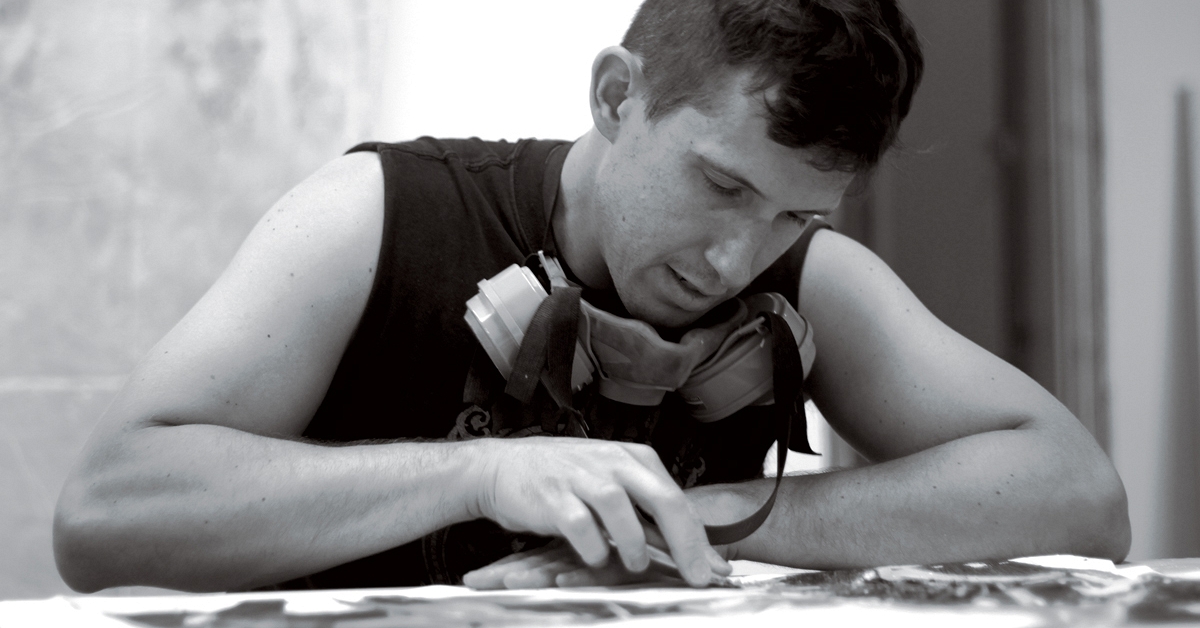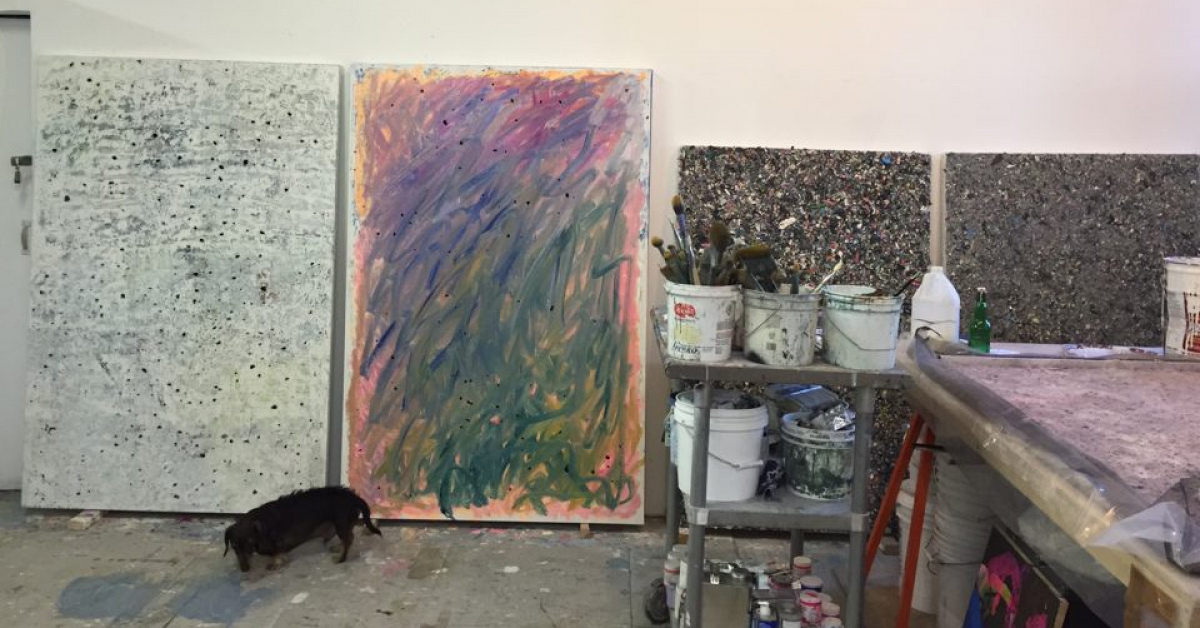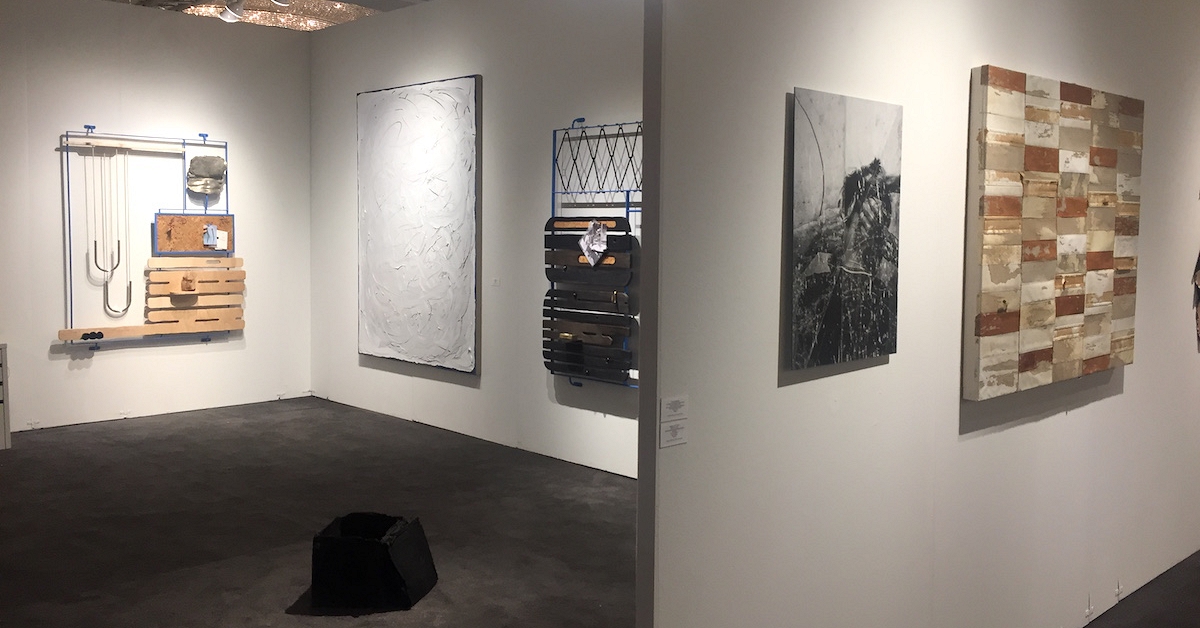Melanie Schiff at Night Gallery
Contemporary Art Review .LA / Oct 10, 2018 / by Jessica Simmons / Go to Original
The two discrete images that bookend Glass Sabbath, Melanie Schiff’s compact yet poetically profuse exhibition of photographs at Night Gallery, together succinctly convey the overarching conceptual temperament of this body of work. Beginning with Waxing (all works 2018), an intimately cropped image of a woman expressing droplets of milk from her lactating breast, the exhibition spills out like a small sentence along the walls of a single room. It concludes with Baguette, a sumptuous still-life of a perfectly crusty loaf reclining across folds of velvet, recalling a nude in repose. Schiff’s two images both sensuously present corporeal forms that bestow physical sustenance, demonstrating a photographic sensibility that melds the subjecthood of both bodies and objects—one as surrogate for the other. This surrogacy also extends to perception: as bodies and objects collapse, so does the space between material tactility and pictorial representation. As such, her photographs propose sight as a haptically intimate act akin to direct physical touch.
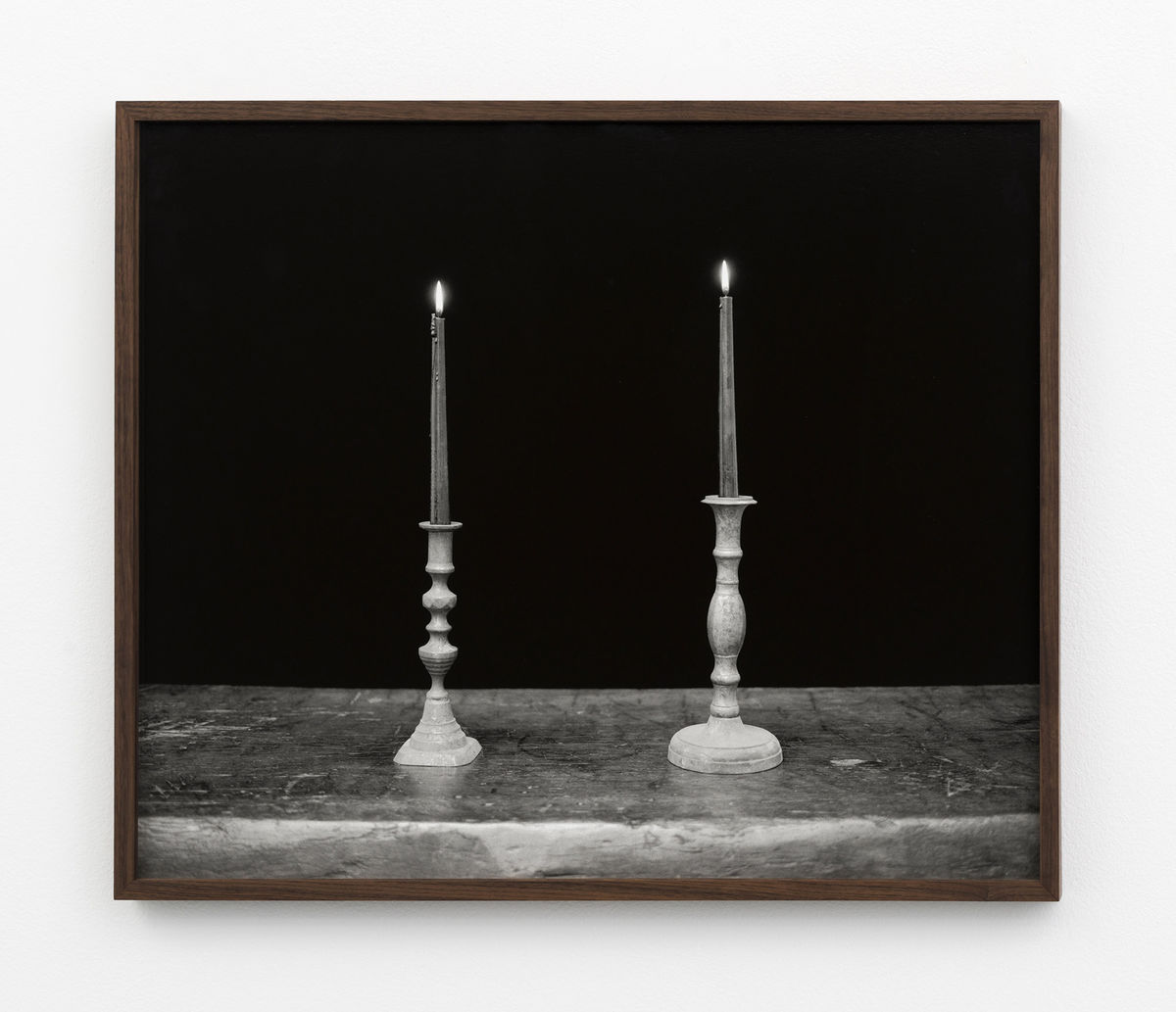
Similar material gestures variously echo within the accompanying photographs: beads of melted wax in Two Candles, Black recall the slow drip of breastmilk in both Waxing and Waning; in Boule, another bread loaf gathered in velvet visibly references a crowning infant in a viscerally abstract image of childbirth. Installed below eye level, the photograph directly entwines the viewer’s gaze with the physical presence of her own body, magnifying the oblique relationship between the two, and heightening the connection between sight and touch. And like the body, Schiff’s objects drip, crack, and buckle—a display of mortal tangibility vulnerable to the inevitable physical metamorphoses wrought by the passage of time.
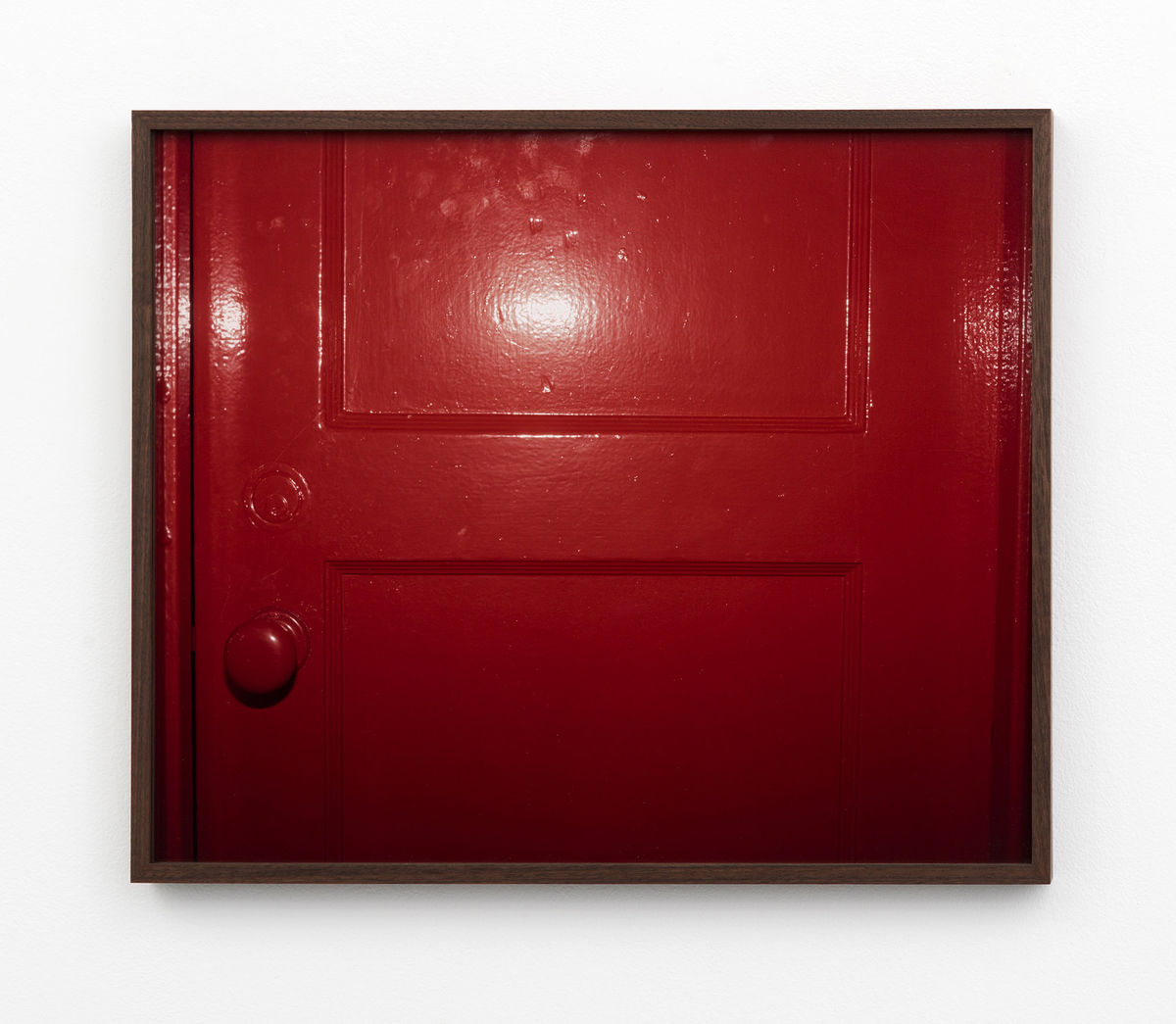
Glass Sabbath’s perceptual thematics coalesce in Red Door, which initially lacks the elusory aesthetic draw of its counterparts. A red door bears the marks and fingerprints of past human touch; an additional mark appears when the camera’s flash imprints a reflective orb on its surface. Here Schiff directly implicates the viewer in the transformation of the subject, metamorphosing the visual plane into a haptic one, and narrowing—if only momentarily—the threshold between the concrete and the photographic.

Similar material gestures variously echo within the accompanying photographs: beads of melted wax in Two Candles, Black recall the slow drip of breastmilk in both Waxing and Waning; in Boule, another bread loaf gathered in velvet visibly references a crowning infant in a viscerally abstract image of childbirth. Installed below eye level, the photograph directly entwines the viewer’s gaze with the physical presence of her own body, magnifying the oblique relationship between the two, and heightening the connection between sight and touch. And like the body, Schiff’s objects drip, crack, and buckle—a display of mortal tangibility vulnerable to the inevitable physical metamorphoses wrought by the passage of time.

Glass Sabbath’s perceptual thematics coalesce in Red Door, which initially lacks the elusory aesthetic draw of its counterparts. A red door bears the marks and fingerprints of past human touch; an additional mark appears when the camera’s flash imprints a reflective orb on its surface. Here Schiff directly implicates the viewer in the transformation of the subject, metamorphosing the visual plane into a haptic one, and narrowing—if only momentarily—the threshold between the concrete and the photographic.

